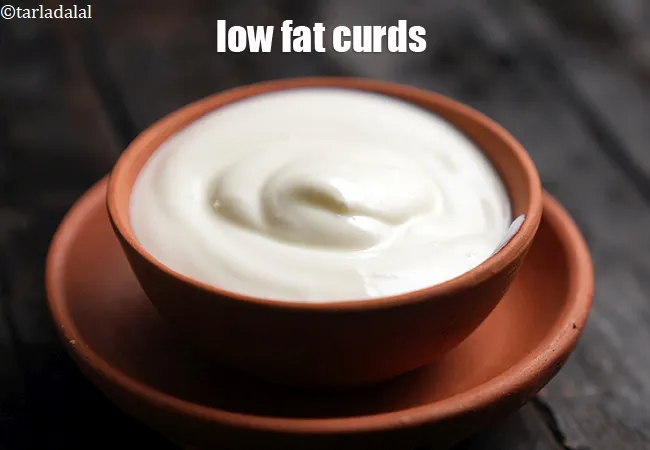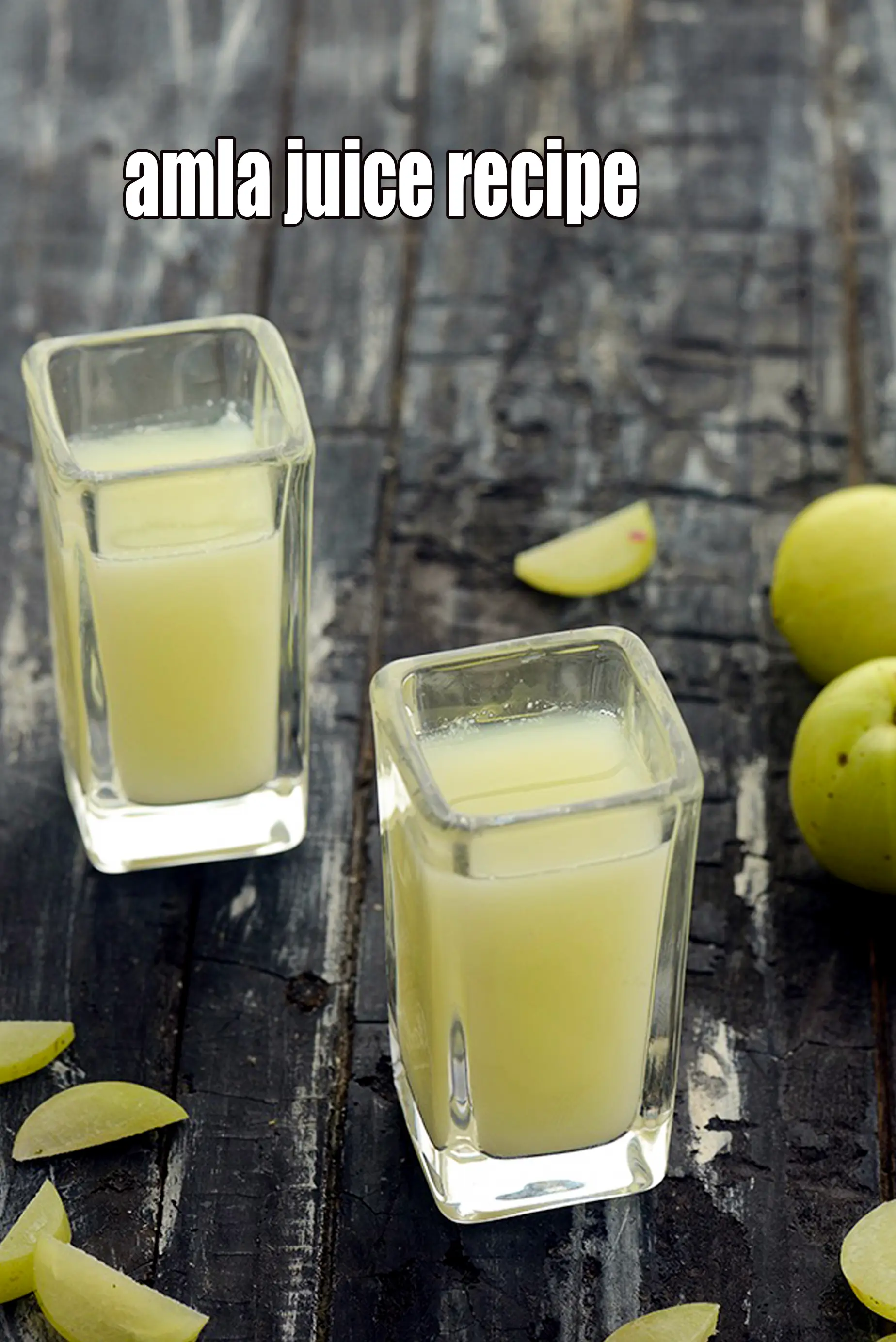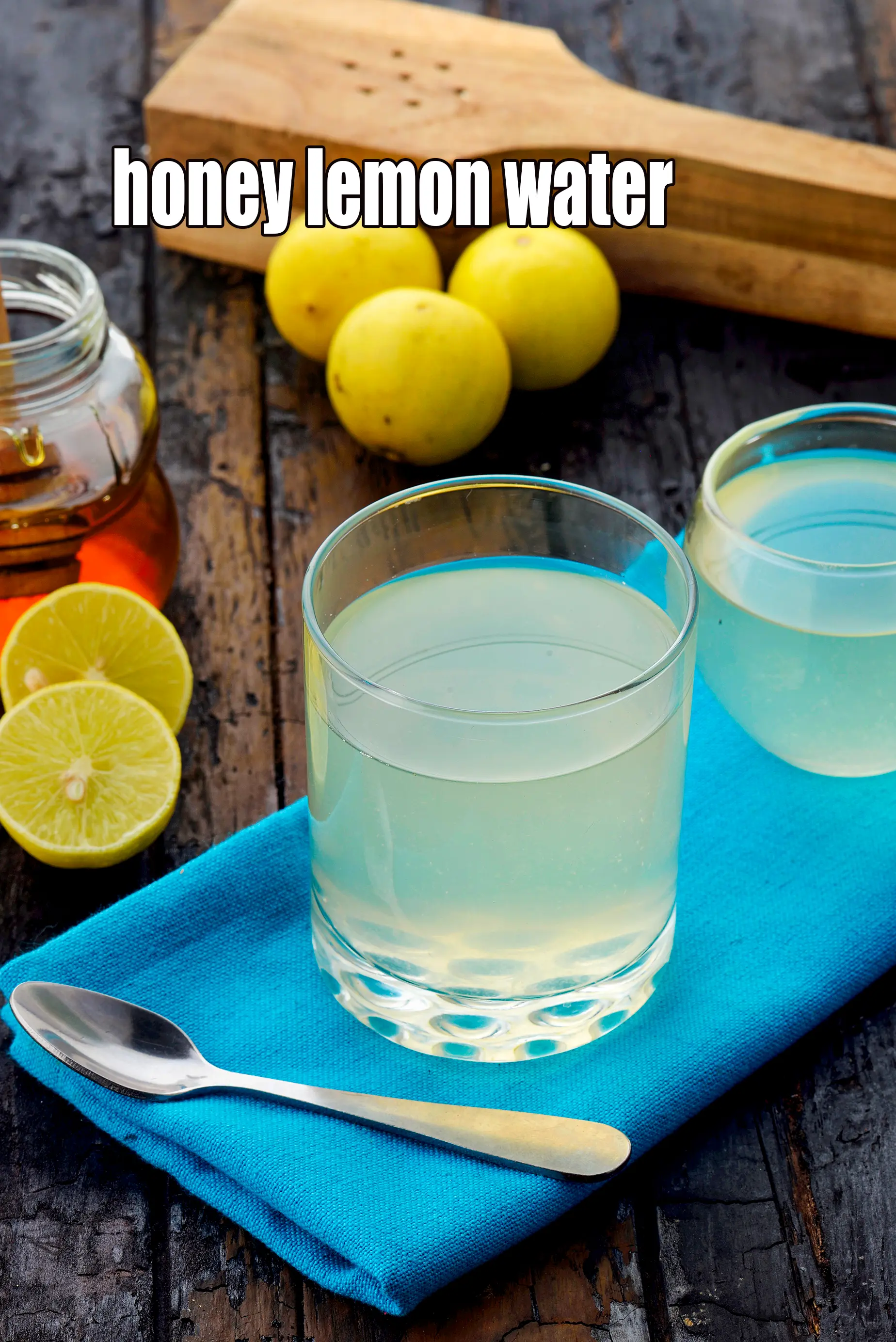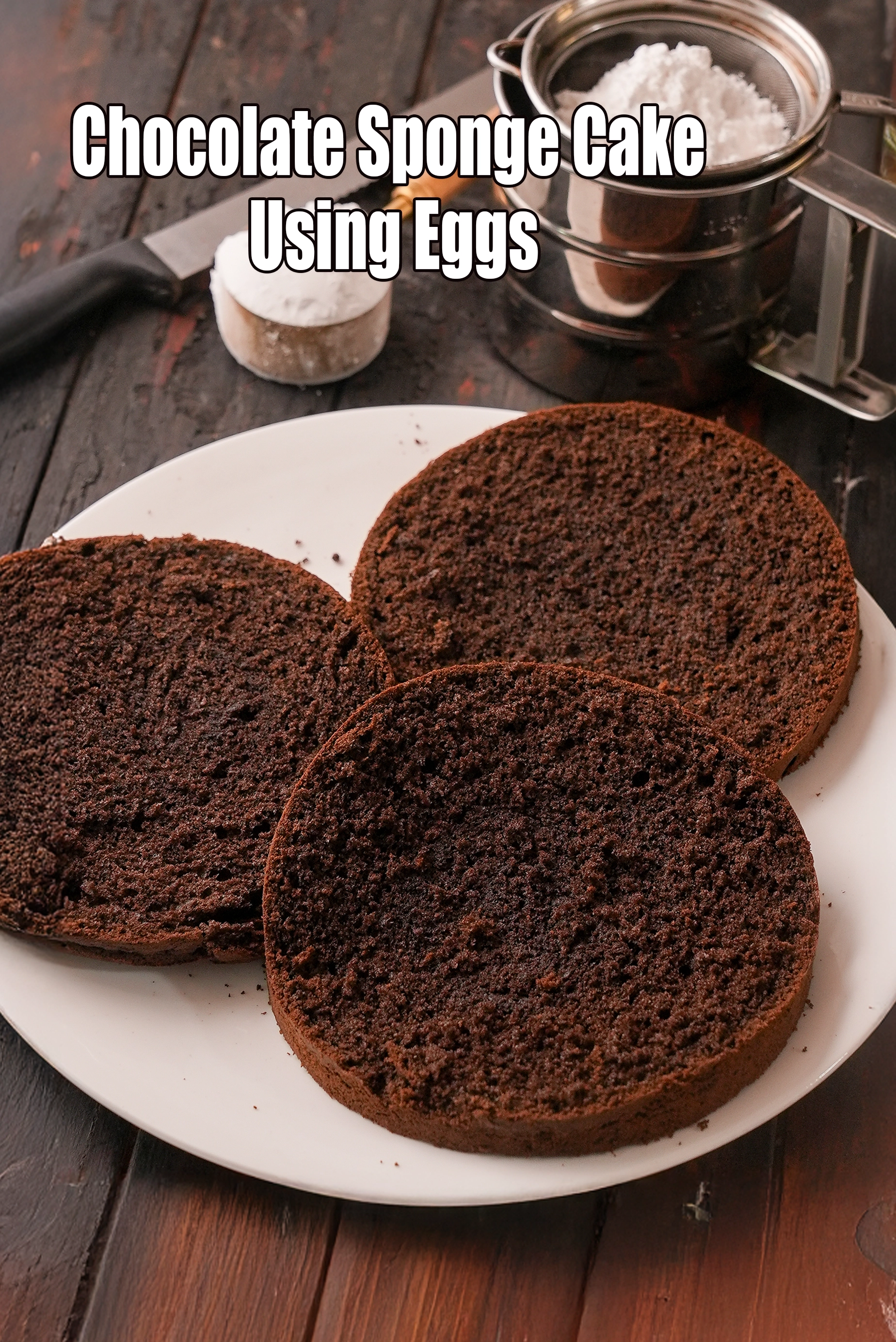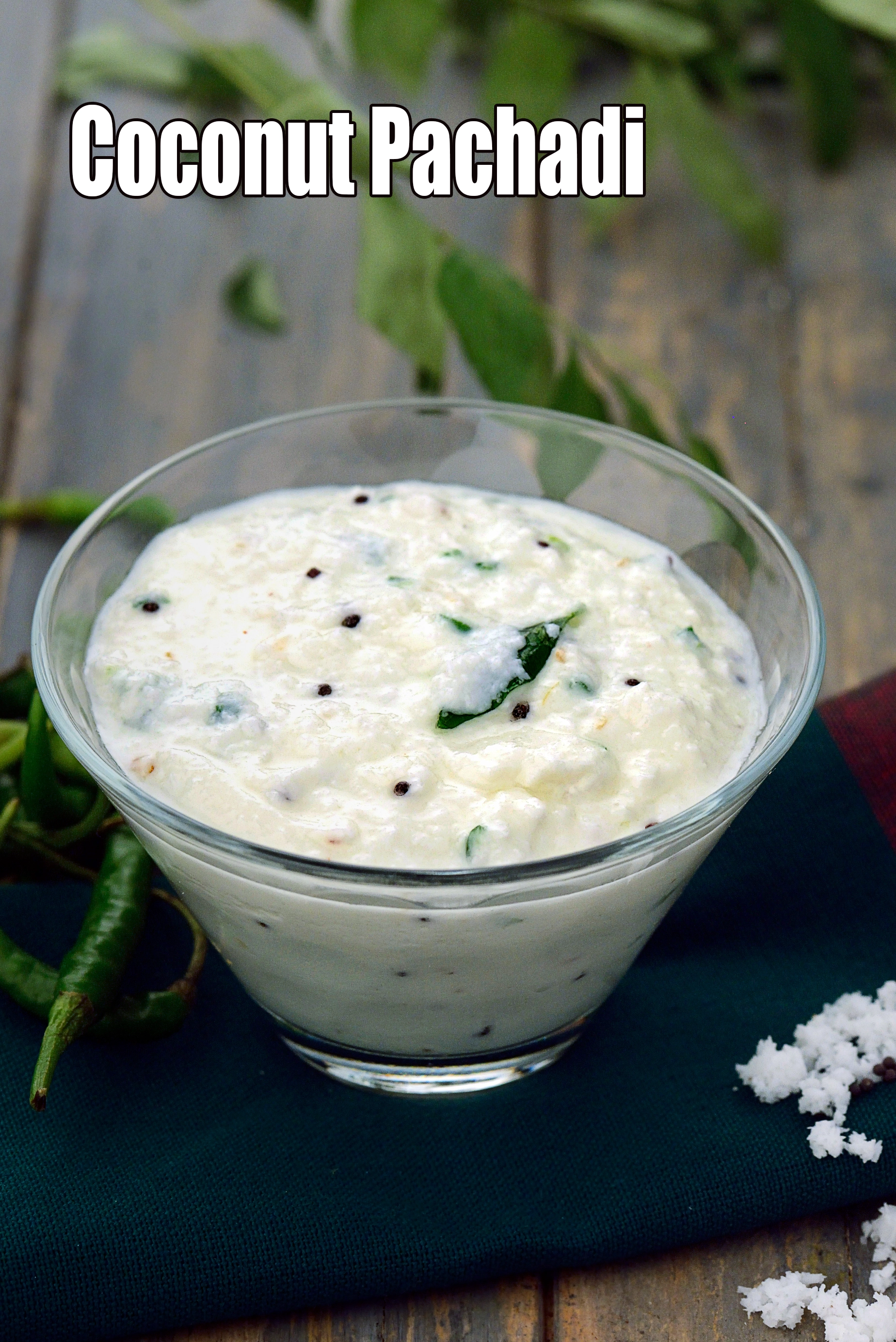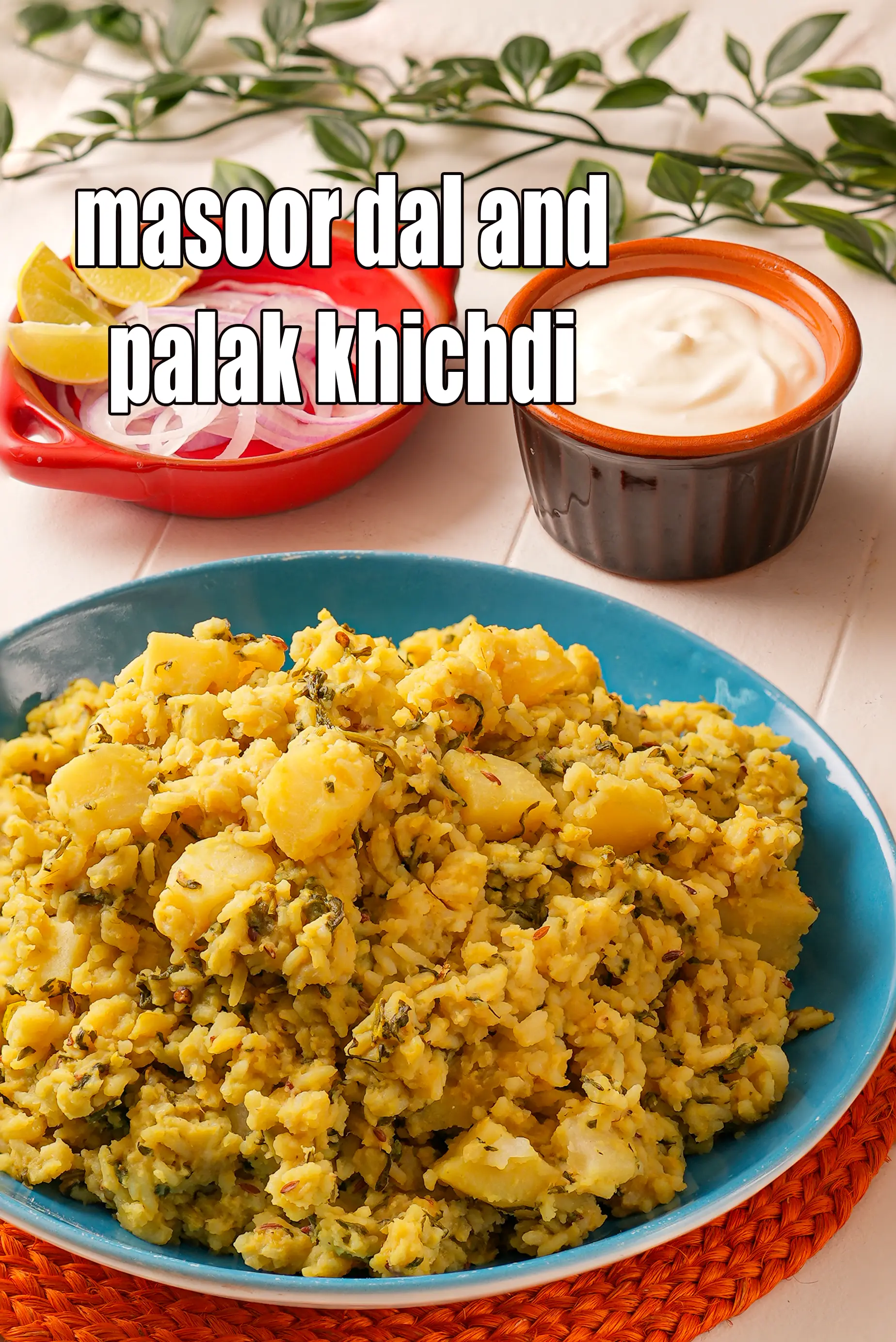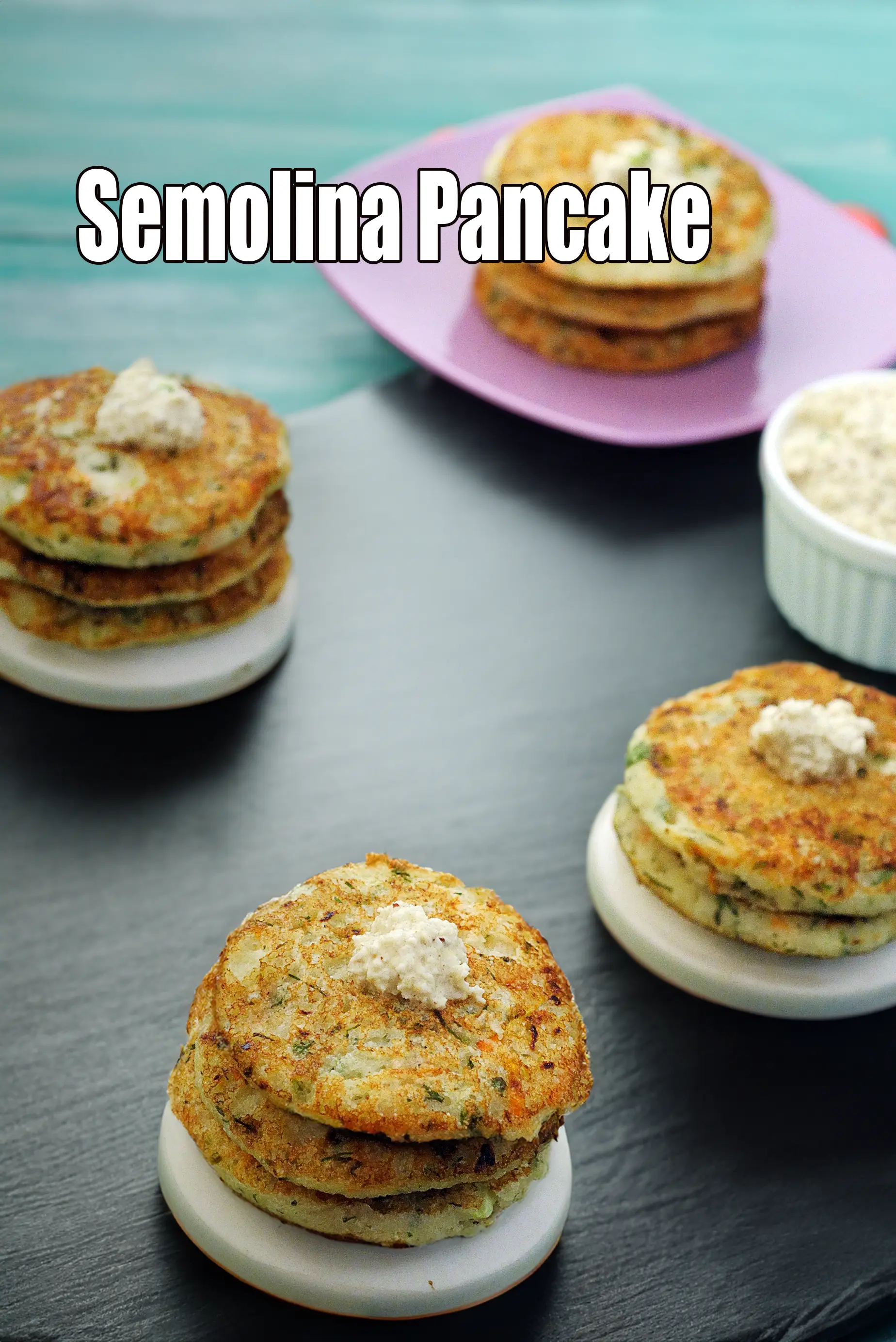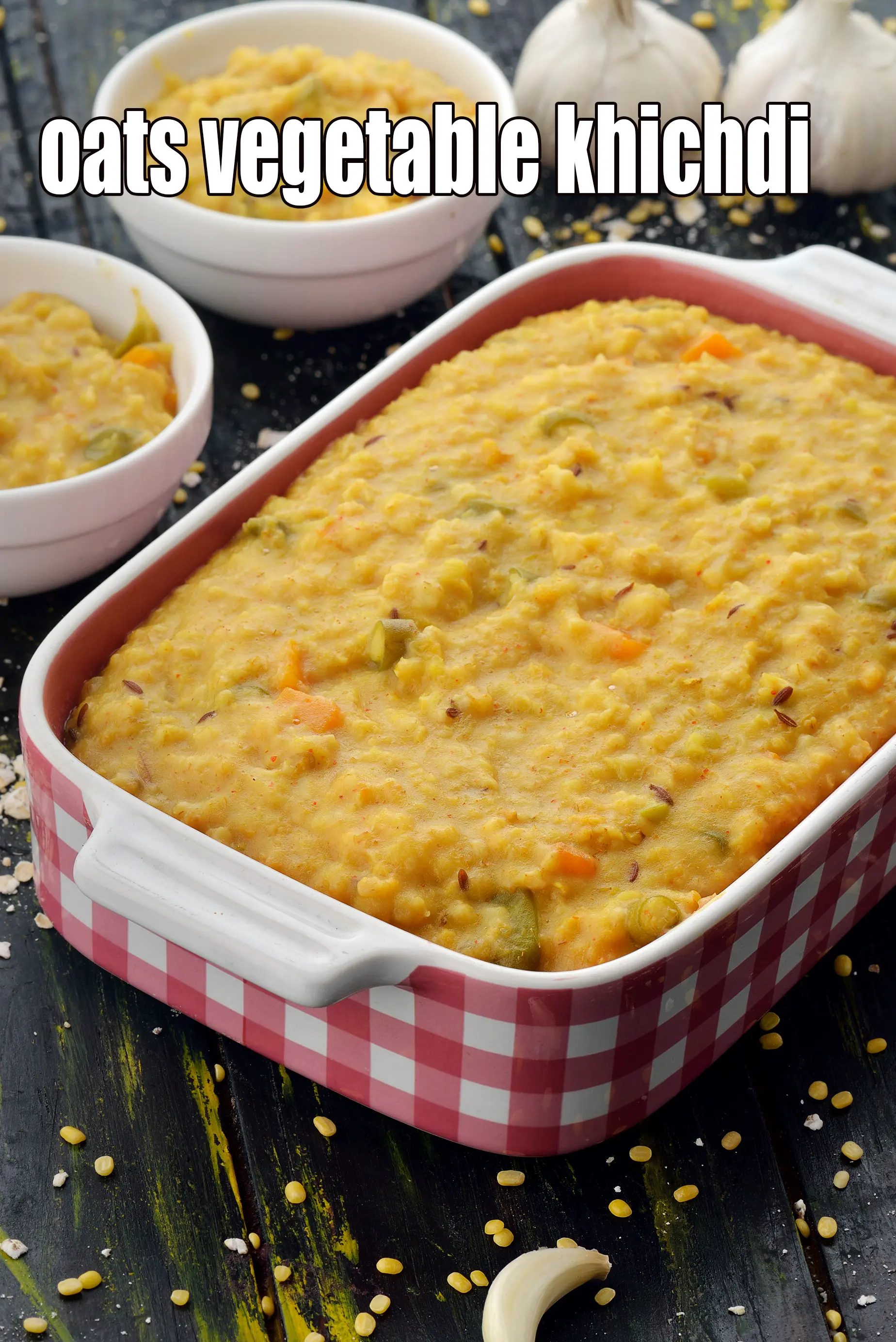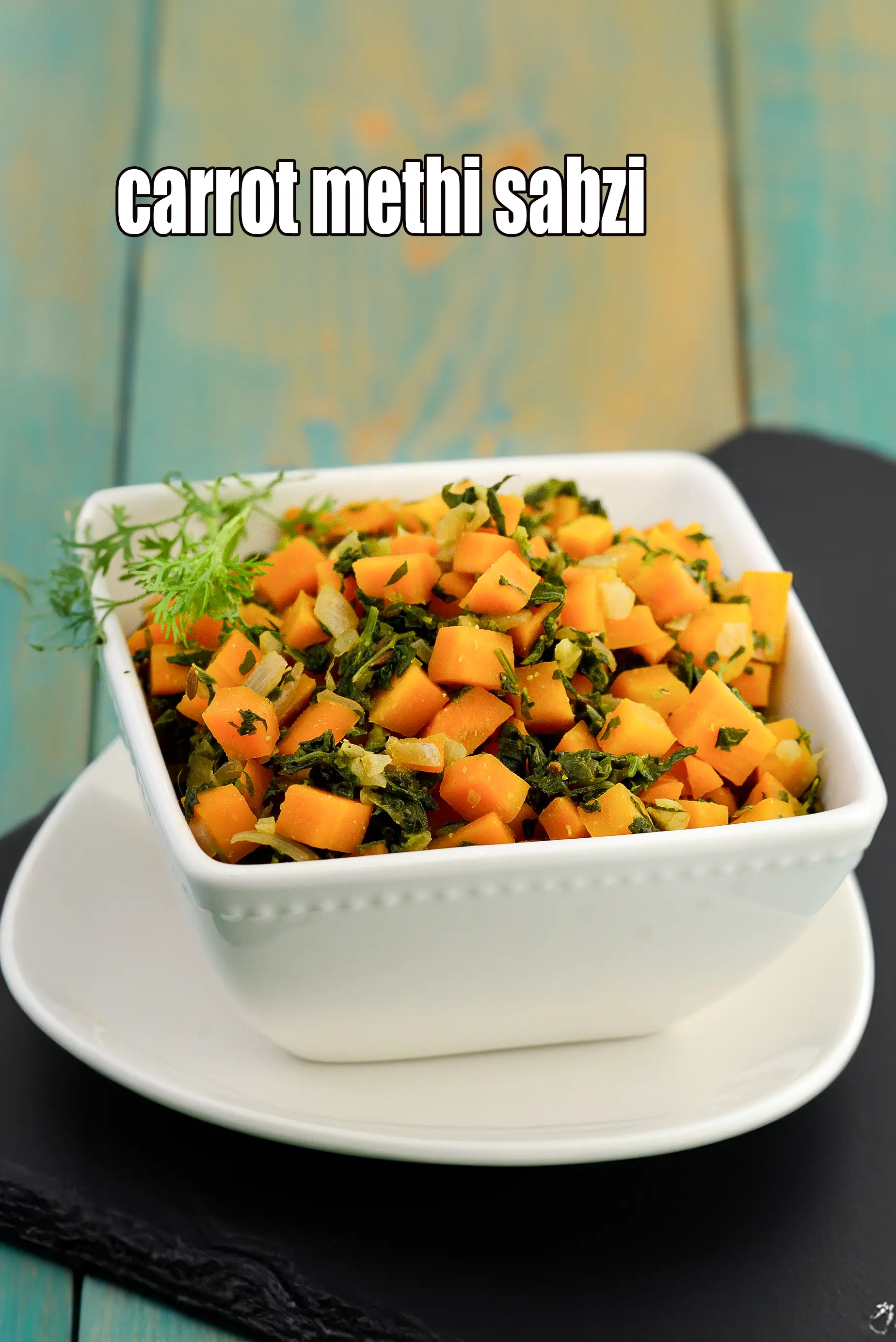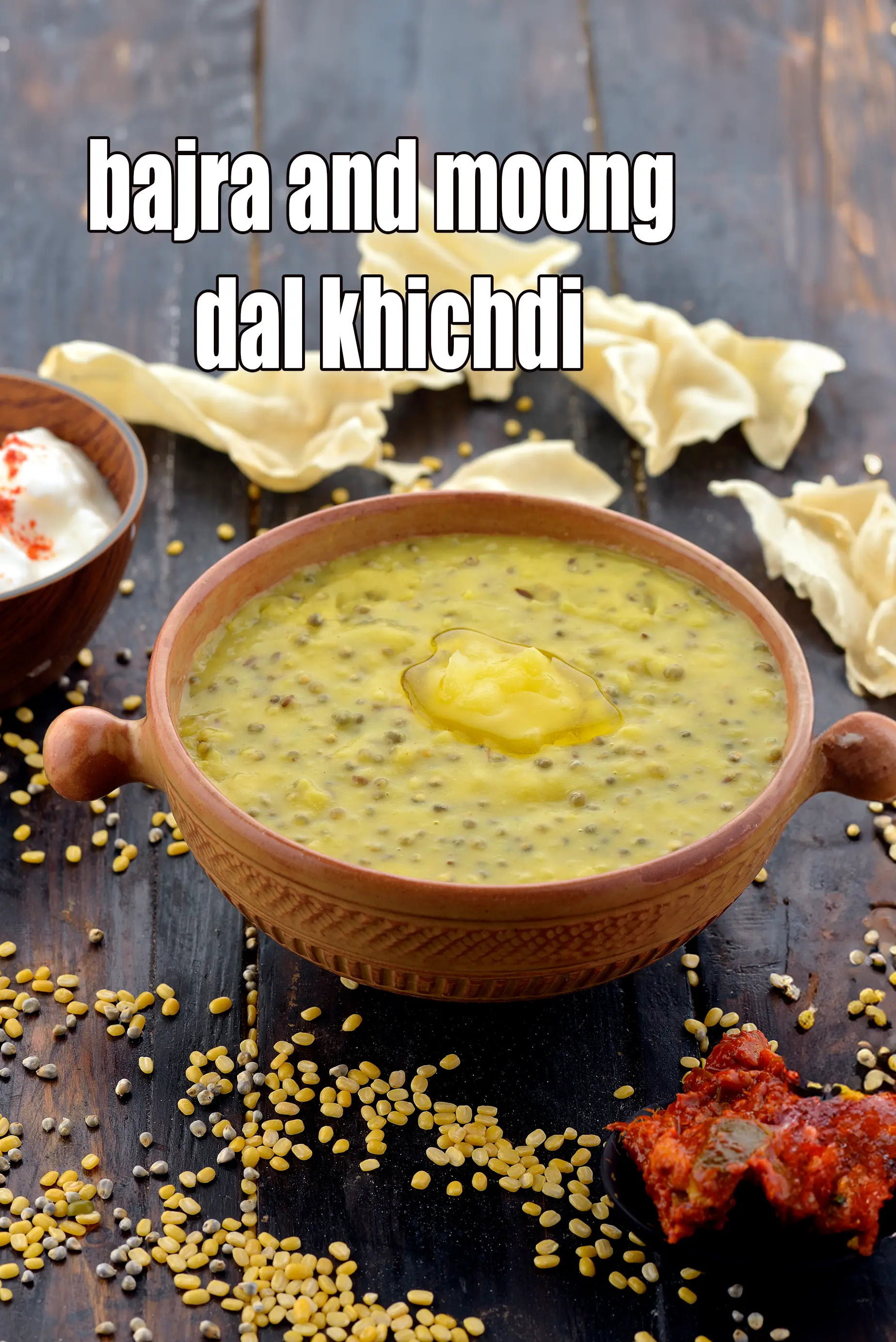Nutritional Facts of Paneer Paratha, Jain Paneer Paratha Recipe, Calories in Paneer Paratha, Jain Paneer Paratha Recipe
This calorie page has been viewed 63678 times
How many calories does one Paneer Paratha have?
One Paneer paratha gives 189 calories. Out of which carbohydrates comprise 89 calories, proteins account for 34 calories and remaining calories come from fat which is 77 calories. One Paneer Paratha provides about 9.4 percent of the total daily calorie requirement of a standard adult diet of 2,000 calories.
Paneer paratha recipe makes 6 parathas.
189 calories for 1 Paneer Paratha, Jain Paneer Paratha Recipe, made with full fat paneer. Cholesterol 0 mg, Carbohydrates 22.2g, Protein 8.5g, Fat 8.5g.
See paneer paratha recipe | no onion, no garlic paratha | Jain vegetable paratha | healthy Jain paratha | with 34 amazing images.
paneer paratha is one of the most popular stuffed paratha varieties from Punjab and usually made for breakfast. Learn how to make Jain paneer paratha recipe | no onion, no garlic paratha | Jain vegetable paratha | healthy Jain paratha |
paneer paratha is delicious, healthy, filling, and very satisfying. It is a popular Indian flatbread, made with whole wheat flour and stuffed with crumbled Paneer (Indian cottage cheese).
You will go gaga over these scrumptious jain paneer paratha, which are stuffed with soft grated paneer and crunchy cabbage, perked up with coriander and green chillies.
The mix of flavours and textures is just too perfect, making this a special treat that everybody will enjoy. These paneer parathas makes a filling breakfast, brunch, or lunch.
Tips to make jain paneer paratha: 1. If you are non jain you can add finely chopped onions, which gives crunch to the paneer paratha. 2. Serve this jain paneer paratha with dahi, raita or pickle of your choice. 3. It tastes amazing when served hot with a dollop of butter.
Is Paneer Paratha healthy?
Yes, paneer paratha is healthy. Paneer paratha is made of whole wheat flour and stuffed with paneer and cabbage. But read below on who can have the paneer paratha.
Let's understand the ingredients.
Whole Wheat flour (gehun ka atta) : Whole wheat flour is excellent for diabetics as they will not shoot up your blood sugar levels as they are a low GI food. Whole wheat flour is rich in Phosphorus which is a major mineral which works closely with calcium to build our bones. Vitamin B9 helps your body to produce and maintain new cells, especially increase red blood cells. See detailed 11 benefits of whole wheat flour and why it's good for you.
Paneer + Low Fat Paneer : Paneer contains high quality protein and calcium which aids in weight loss. Since paneer is low in carbs and high in protein it gets digested slowly and hence good for diabetes. Potassium in paneer helps to reduce the effect of high sodium, by lowering blood pressure and contraction of blood vessels, resulting in improved heart health and reduced risk of heart attack. Low fat paneer is has all the same nutrients as full-fat paneer, but it is minus the fat. Great for weight loss and read the interesting article on benefits of paneer.
Cabbage ( Patta Gobhi + Red Cabbage, Purple cabbage) : Cabbage is low in calories, relieves constipation, good for diabetics. Cabbage has high levels of flavonoids and anthocyanins and has long been used as a herbal medicine. Rich in Antioxidants in turn lowers the risk of infection and inflammation of the body due to eating processed foods. Red cabbage, also called purple cabbage, has slightly higher levels of flavonoids and anthocyanins than green cabbage and has long been used as a herbal medicine. It has same health benefits to offer as the cabbage otherwise. See here all benefits of cabbage.
Note that our parathas are cooked with 1 tsp oil (5 grams) or ghee and rotis are cooked in 1/2 teaspoon (2.5 grams) oil. We have taken into account these calories while computing total calories for each recipe.
Paneer Paratha is good for
1. Healthy individuals with no diseases.
2. Healthy weight gain
Paneer paratha is rich in below macronutrients, vitamins and minerals given in descending order (highest to lowest).
Phosphorus : Phosphorus rich Indian foods works closely with calcium to build bones. Phosphorus rich Indian foods like dairy products ( milk, paneer, curd), nuts, seeds, jowar, bajra, moong, matki, oats, ragi, wheat flour etc. 29% of RDA.
Calcium. See Calcium rich recipes : Calcium is a mineral that makes bones stay strong. See our list of calcium rich Indian foods. Dairy products: Like milk, curds, cheese, paneer and buttermilk. Green leafy vegetables like spinach, fenugreek, broccoli. Nuts and ragi. Required from kids to adults. 23% of RDA.
Vitamin B1 (Thiamine) : Vitamin B1 protects nerves, helps in carbohydrate metabolism, prevents heart diseases and helps produce red blood cells. Indian Foods rich in B1 are Flax seeds (alsi), Sunflower seeds, Sesame seeds, Garden cress seeds (halim), Capsicum, Wheat flour, Chana dal, moong, walnuts, masoor dal, brown rice, jowar, bajra. 20% of RDA.
Can diabetics, heart patients and overweight individuals have Paneer paratha ?
Yes. For diabetics, heart patients and weight loss the fat content is too high in this recipe. You can substitute full fat paneer with low fat paneer and reduce the fat content in cooking the paratha.
What is a healthy side dish for Paneer paratha
We suggest you pair it with homemade curds using cows milk or low fat curds or a low fat cucumber raita.
Low fat curds recipe | healthy low fat curds | low fat dahi | Indian low fat curds |
How to burn 189 calories that come from one Paneer Paratha?
Walking (6 kmph) = 57 mins
Running (11 kmph) = 19 mins
Cycling (30 kmph) = 25 mins
Swimming (2 kmph) = 32 mins
Note: These values are approximate and calorie burning differs in each individual.
| Energy | 189 cal |
| Protein | 6.9 g |
| Carbohydrates | 22.2 g |
| Fiber | 3.5 g |
| Fat | 8.5 g |
| Cholesterol | 0 mg |
| Vitamin A | 196.5 mcg |
| Vitamin B1 | 0.2 mg |
| Vitamin B2 | 0.1 mg |
| Vitamin B3 | 1.2 mg |
| Vitamin C | 16.5 mg |
| Folic Acid | 13 mcg |
| Calcium | 140.9 mg |
| Iron | 1.5 mg |
| Magnesium | 41.1 mg |
| Phosphorus | 172.1 mg |
| Sodium | 8 mg |
| Potassium | 106.3 mg |
| Zinc | 0.6 mg |
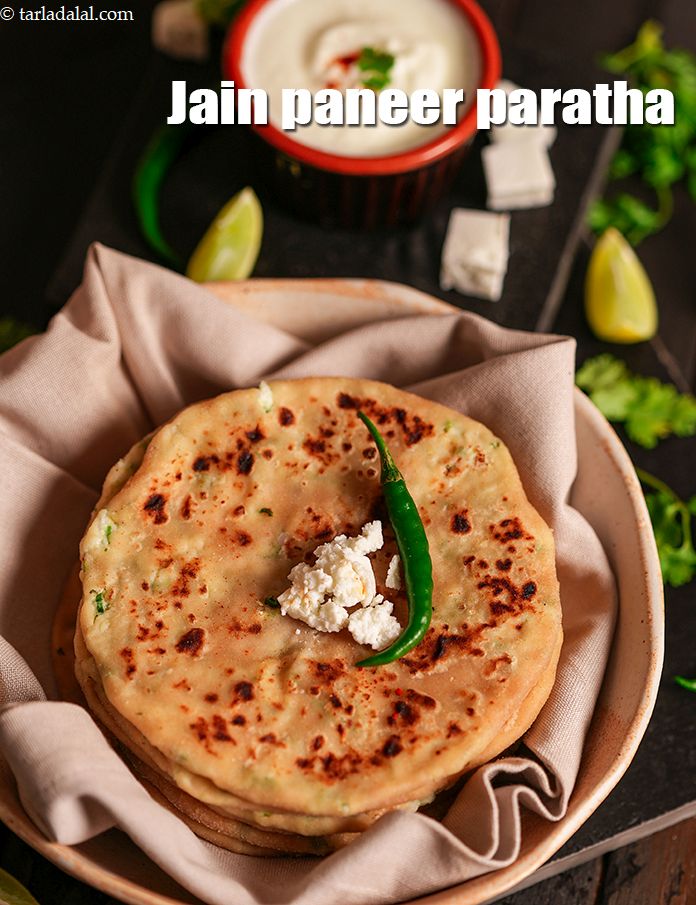
Click here to view Paneer Paratha Recipe
Calories in other related recipes
